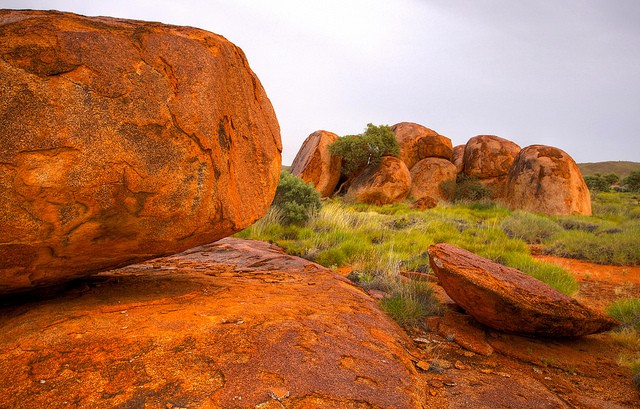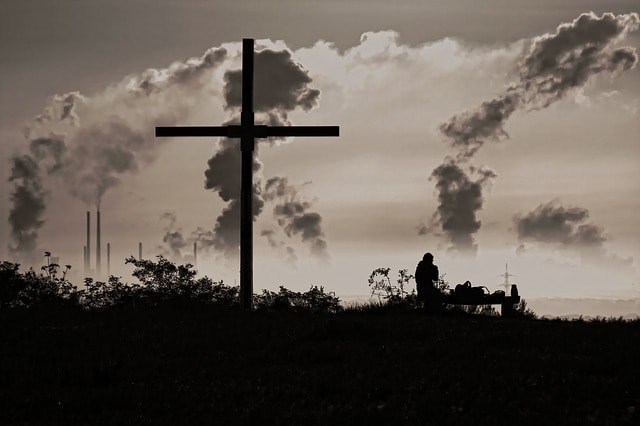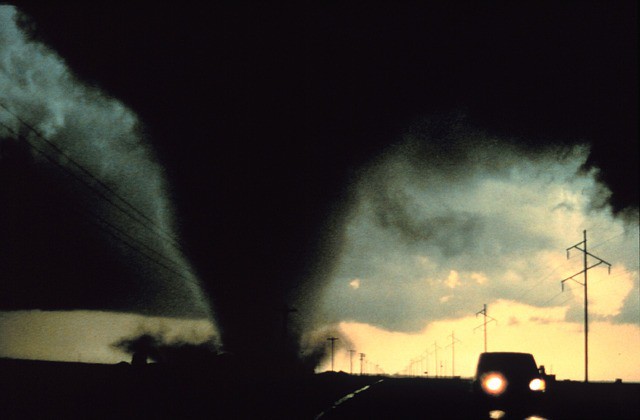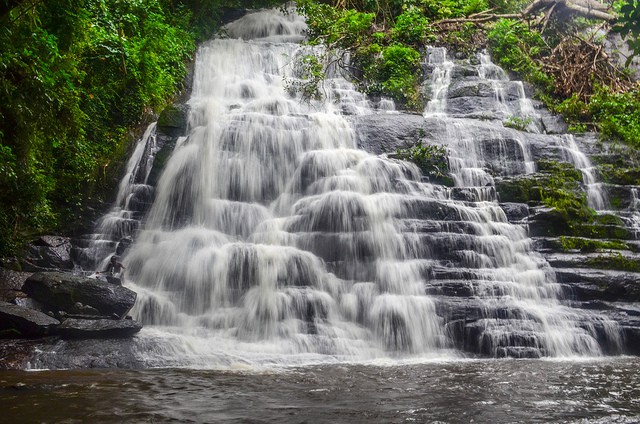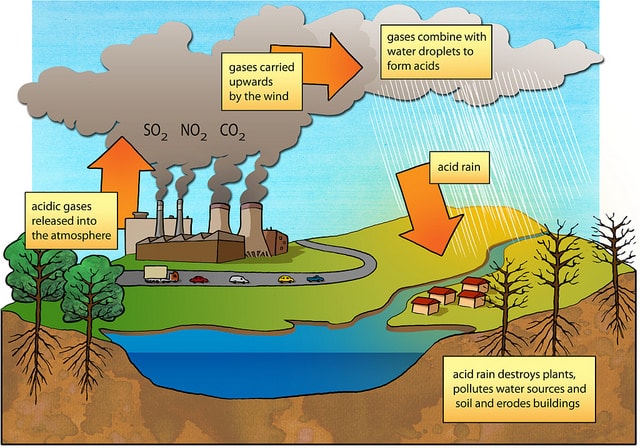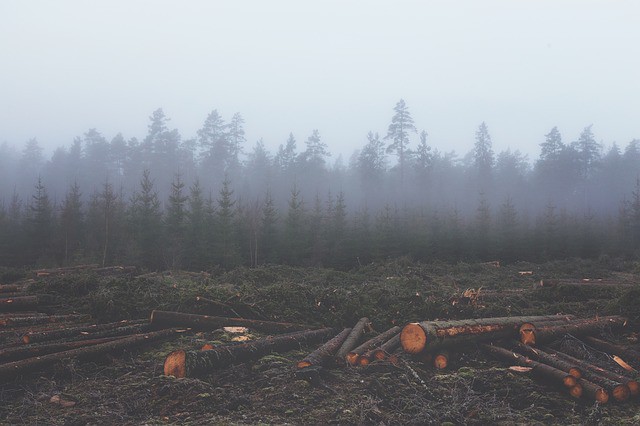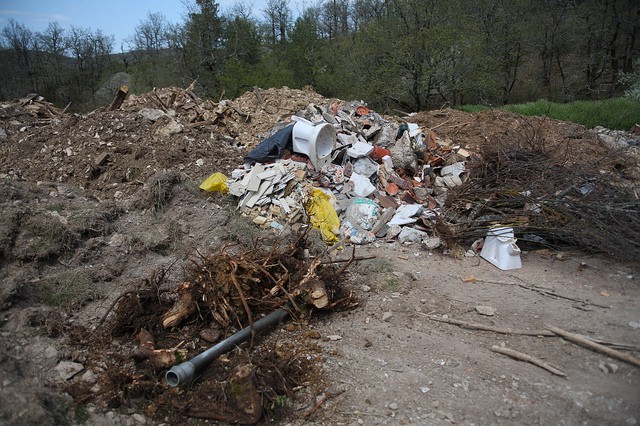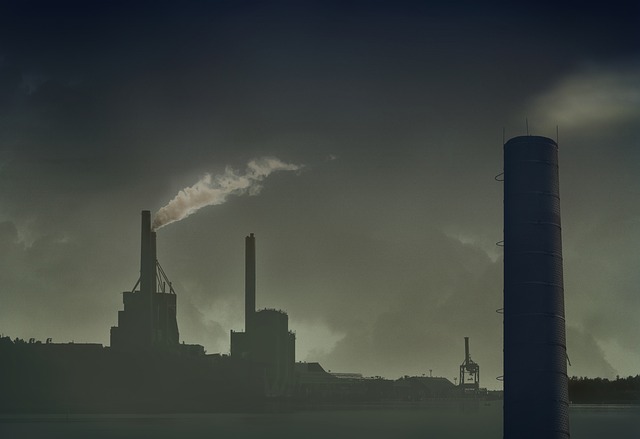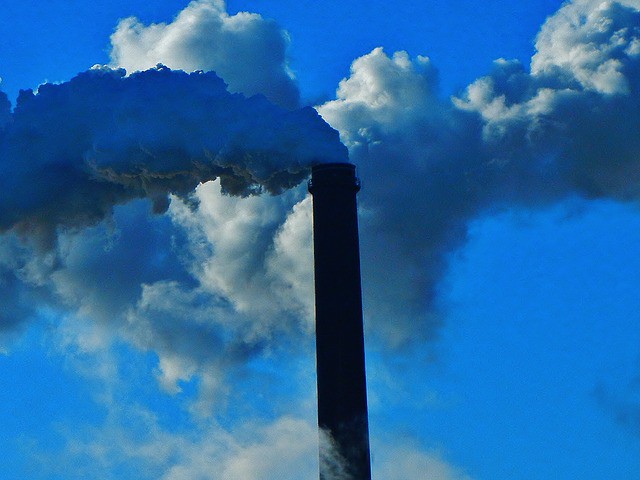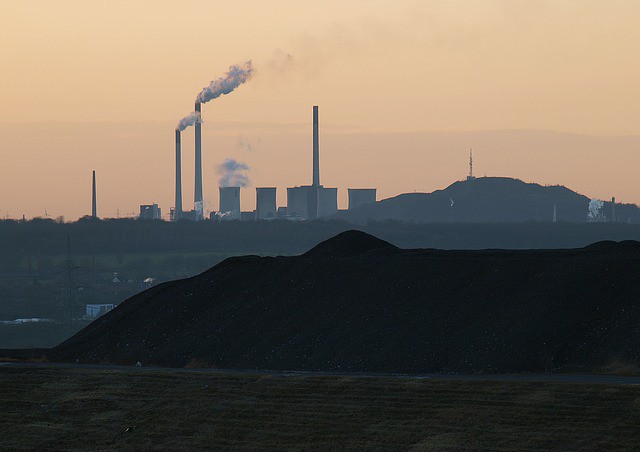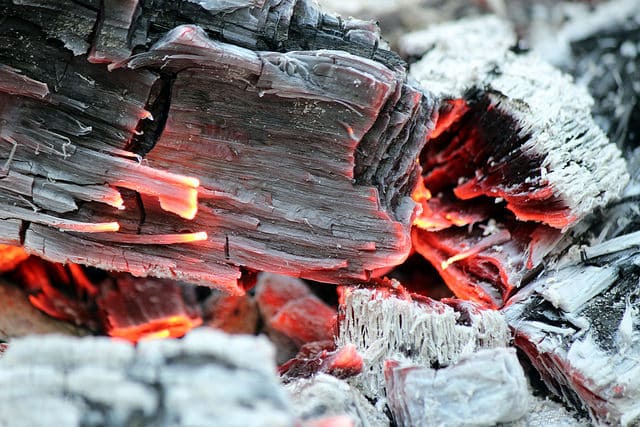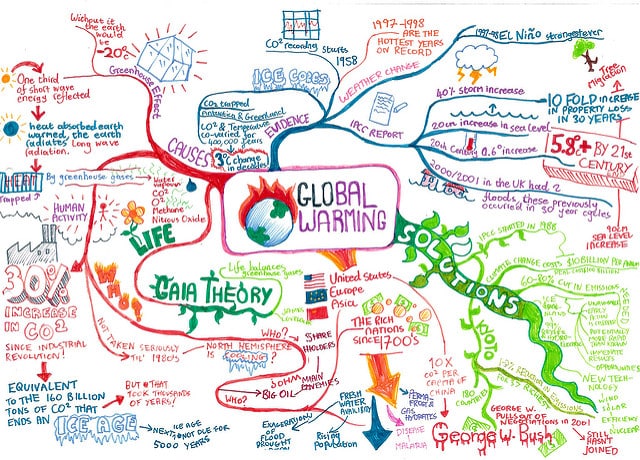Chemical Weathering – Definition, Processes and Types
Chemical weathering pertains to the changes in rock structure under the action or influence of chemical reactions. There are hundreds of natural chemical processes and reactions within the rocks the change the composition and the structure of the rocks over time. Temperature and, especially, moisture are critical for chemical weathering. Chemical weathering, therefore, occurs more quickly in…

